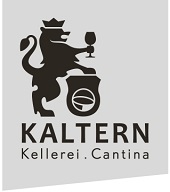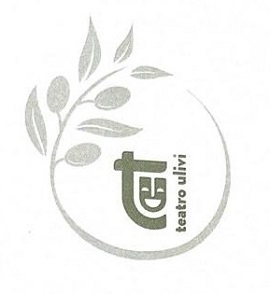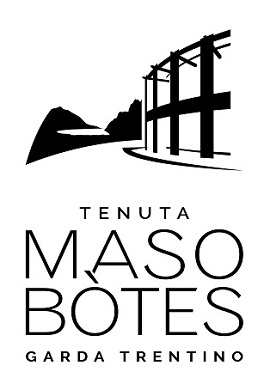Sorry for the inconvenience.
Search again what you are looking for

Kellerei Kaltern-Caldaro came into being in 1992, or rather in 1906 and 1908. Today’s operation was formed by the 1992 merger of two long-established local cellars, the Bauernkellerei (Farmer’s Cellar) and the Jubiläumskellerei (Jubilee Cellar).
More than a thousand growers are active with Kaltern, most farming less than one hectare, making cooperation the natural production strategy of choice.
From 1363, Alto Adige belonged to the Habsburgs and during the reign of Emperor Franz Josef, Kaltern was an official supplier of the court in Vienna.
In 1919, after the First World War, Alto Adige became part of Italy. The subsequent outbreak of the Second World War radically transformed the region and its network of commercial relationships. It was only in the Fifties that Kaltern wines reasserted themselves as high-profile products for export markets.
The wine market underwent profound changes during the Eighties. Wine was no longer seen as a mere source of calories for back-breaking labour in the fields. It became a social phenomenon. Kaltern was one of the first wine areas in Italy to cater for consumer tastes and shift to a policy of extreme quality. That was when yields gradually began to fall from 200 quintals per hectare to today’s 75.
Kellerei Kaltern-Caldaro’s 400 members manage a vineyard surface area totalling 300 hectares, making pure, limpid wines with great mineral backbone and essential appeal.
Established: 1906, 1908
Hectares under vine: 300
Members: 400
Annual production: 1,800,000 bottles, 45% white varieties, 55% red varieties
At Kaltern viticulture is a tradition and a source of pride. And pride inspires the courage to fight for the quality to which we aspire.
Many vineyards have been in the families that tend them for centuries. Where the estates have been fragmented, this has led to some plots being of microscopic proportions. But this has in no way lessened the owners’ desire to farm them and it is here that cooperation makes a crucial, pro-active contribution, transforming members from mere grape suppliers into co-owners. Just like a family where all the members work together for the common good, muses member and cooperative worker, Thea.
Most of our members have other occupations and generally devote what should be their “leisure time” to their vines. The attention, love and intelligence lavished on the rows is the sort usually reserved for gardens and during the summer, the plots do in fact resemble tiny paradises of light and shade, sheltered, idyllic nooks where the bunches slowly ripen, releasing their increasingly intense fragrances. Families gather in autumn for the harvest. Everyone is involved in this seasonal ritual, an unmissable event for adults and children alike. Picking marks the closing of a circle as season follows season.
Experiencing these changes is the true grape grower’s greatest joy. Work, carried out entirely by hand, is conducted under the watchful eye of agronomists and the oenologist, who provide members with technical and moral support at this crucial time.
Throughout the year, the cooperative organises training courses, meetings and vineyard inspections. Quality is our keynote value and all our members have an obligation to comply with the regulations that guarantee it. Some growers practice biodynamic farming and the grapes from their vineyards are handled in the cellar in accordance with Steinerian principles. Generally, however, members shun herbicides. Other plant protection products are used sparingly. Irrigation is restricted to supplementary situations, which encourages the vines to develop deep root systems, contributing to balanced plant growth and a natural intake of nutrients.
In Alto Adige, the cooperative is more than just an economic concept or company structure. Cooperation is a life style that belongs to the region’s heritage and everyday life. Cooperative associations - Vereine - operating on a voluntary, unpaid basis are the fabric of Alto Adige society.
There are cooperatives for everything, from music, to the family, firefighting - even the smallest hamlet has its own volunteer fire station - and others that organise sports or celebrations.
A shared sense of solidarity and social spirit made organising cellars on cooperative lines a natural choice. For small-scale growers,it would be financially unviable to vinify grapes and distribute the wine independently. It would also have led to the gradual abandonment of farmland and neglect of the natural environment, an unacceptable prospect for Alto Adige people who dearly love their land’s neatly tended beauty. We can only thank them for not having done so. Thanks to cooperation, Kellerei Kaltern-Caldaro today has 400 small growers operating as a single body to bring us outstanding wines that reflect a world of hard work, people and passion.
Search again what you are looking for
.png)


 - Copia.png)

 - Copia.jpg)

